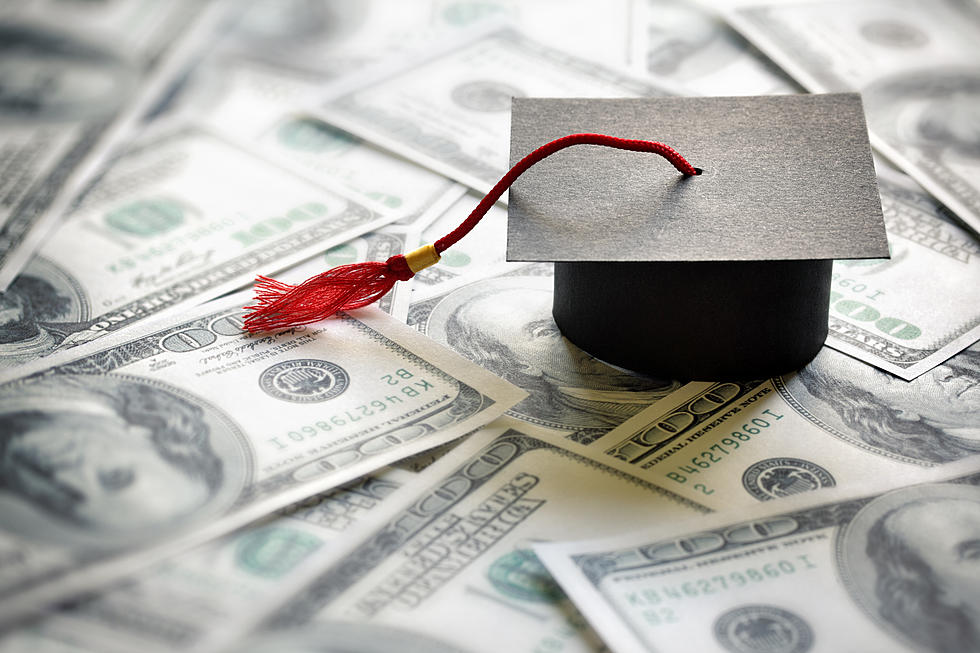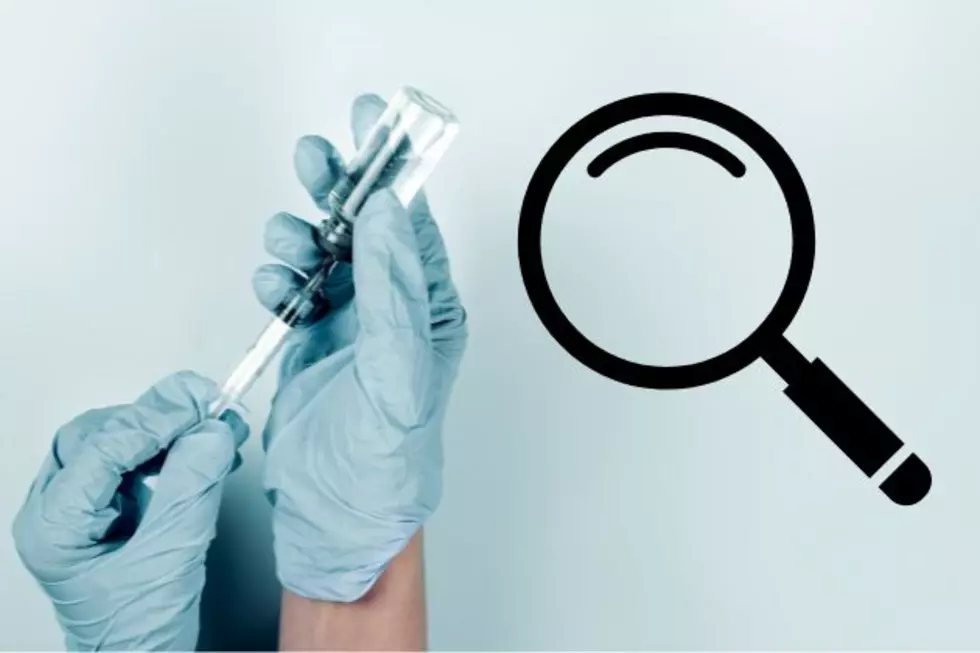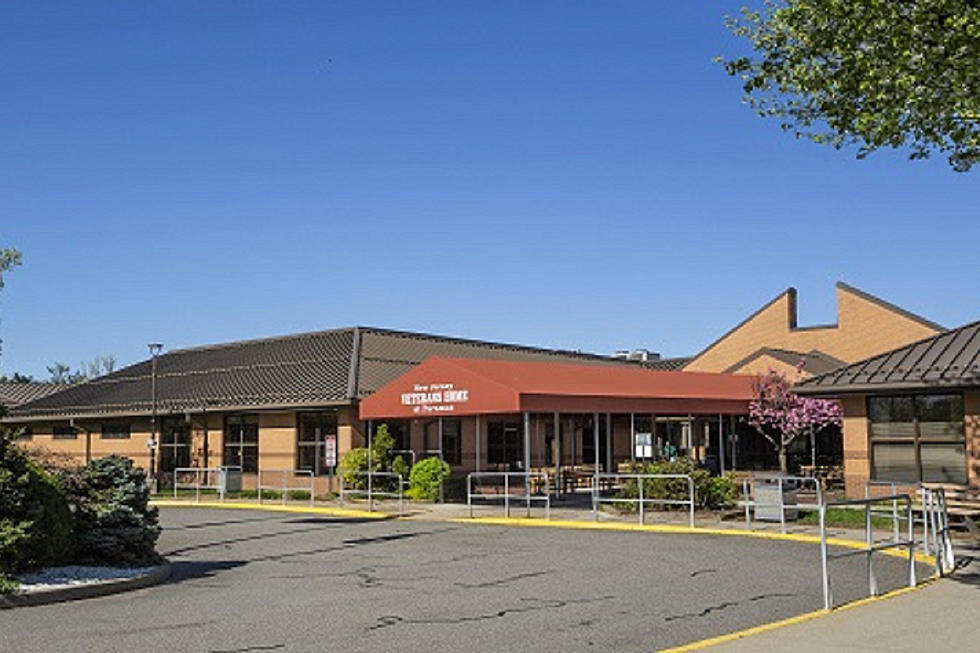
Report: COVID-19 worsening student loan debt racial disparity
In Essex County communities made up mostly of white residents, just 4% of student loan holders are in default. In the county's communities of color, the default rate is 21%.
It's a pattern that repeats itself in counties such as Camden, Mercer and Atlantic, and one example of a broader issue addressed in a report released by the New Jersey Institute for Social Justice — the burden of student loan debt is even greater for Black and other borrowers of color, and the racial disparity is worsening because of the COVID-19 public health emergency.
"Even before the current crisis, Black borrowers were facing higher student loan debt balances and higher rates of default," said Tiara Moultrie, program associate. "People who have less access to wealth are therefore less likely and less able to pay for higher education, and the cost of education shouldn't really mean taking on a burden of two decades' worth of debt."
When including financial aid in the equation, the report finds, the sticker price of a four-year public school represents about a third of household income for New Jersey's Black and Latino/Latina families, compared to just 17% of income for New Jersey's white families.
The Institute's report points out that New Jersey has one of the highest student debt levels in the country, with the average graduate leaving school with more than $34,000 in loans. At $26,070, the Garden State has the third highest cost of attendance for in-state full-time students.
“While student loans once served as a resource to help students achieve economic mobility, they have, even more in this moment, become an immense financial weight that entraps Black students and other students of color in a cycle of insurmountable debt," said Andrea McChristian, law & policy director at the Institute.
Given budget challenges brought on by the COVID-19 pandemic, the report insists it's crucial that funding for higher education not be slashed as it was during the Great Recession. Such a move, the report says, could force institutions to solve their financial woes in the form of increased tuition and fees for students.
"We cannot weather this storm on the backs of students as was done during the Great Recession," the report reads. "We must bolster state investments to ensure current and future access to a college degree does not come at the cost of high levels of indebtedness, particularly for low-income students and students of color."
In the report, the Institute makes four bold proposals to help ensure that current borrowers and future students aren't heavily burdened by loan debt:
- Forgive student loan debt for borrowers with NJCLASS loans, the loan program administered by the state
- Make public higher education tuition-free for all its students and provide tuition support for non-tuition costs
- Establish a New Jersey Baby Bond program (each child provided with a financial endowment at birth)
- Expand collection of data on student loan debt by race and ethnicity
More from New Jersey 101.5:
10 reasons students wearing masks to school won’t work - by Jeff Deminski
Contact reporter Dino Flammia at dino.flammia@townsquaremedia.com.
More From New Jersey 101.5 FM









